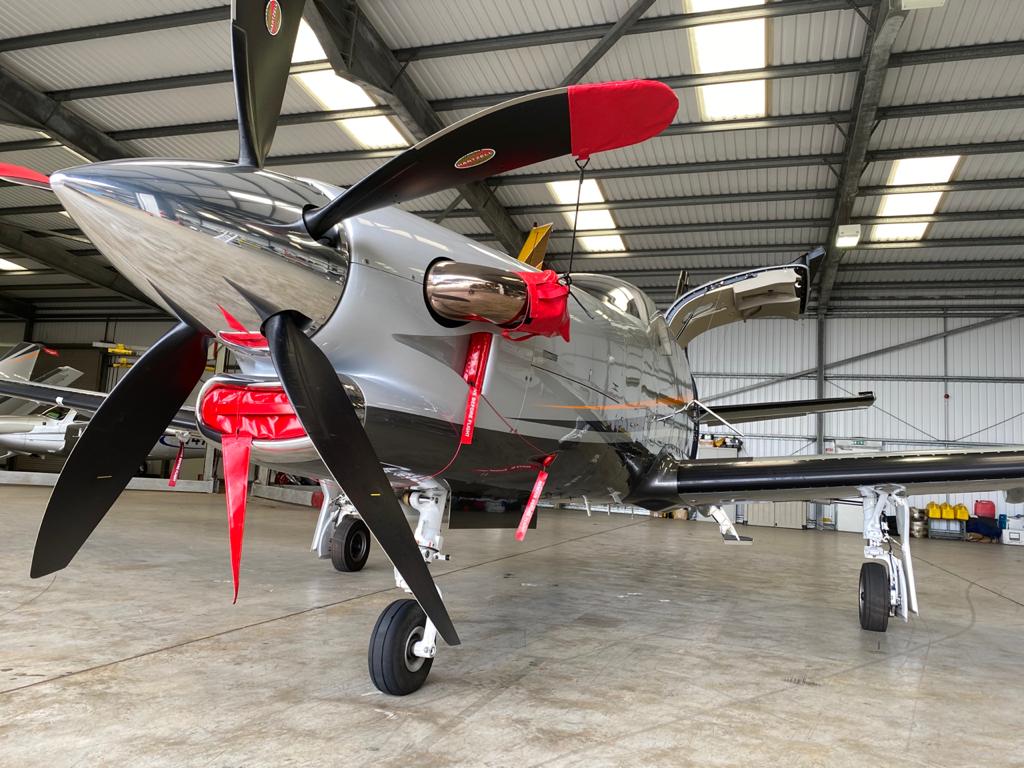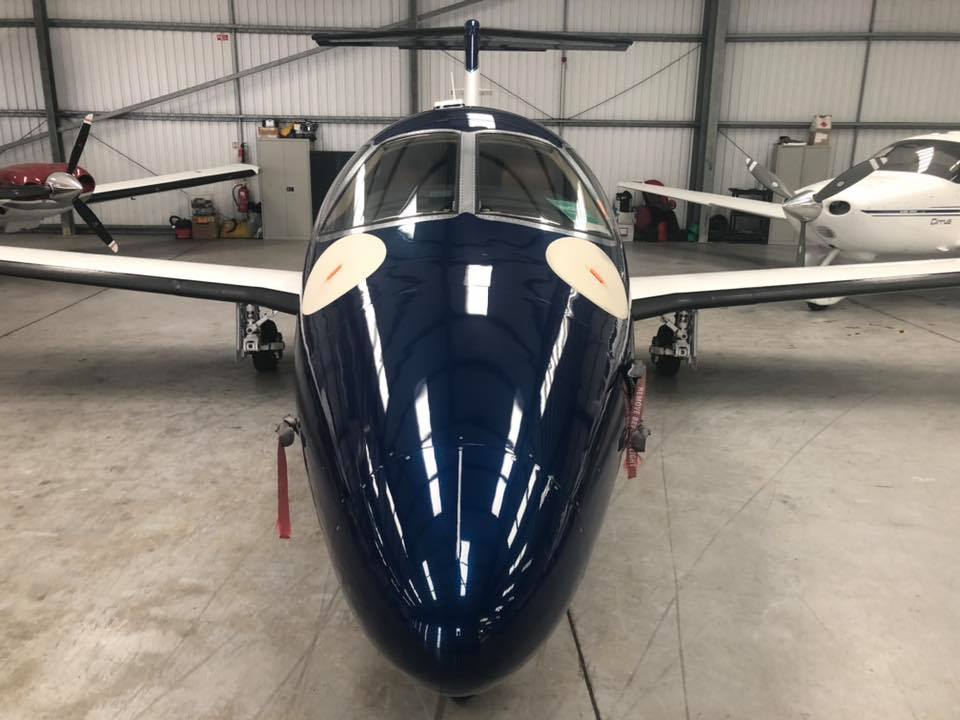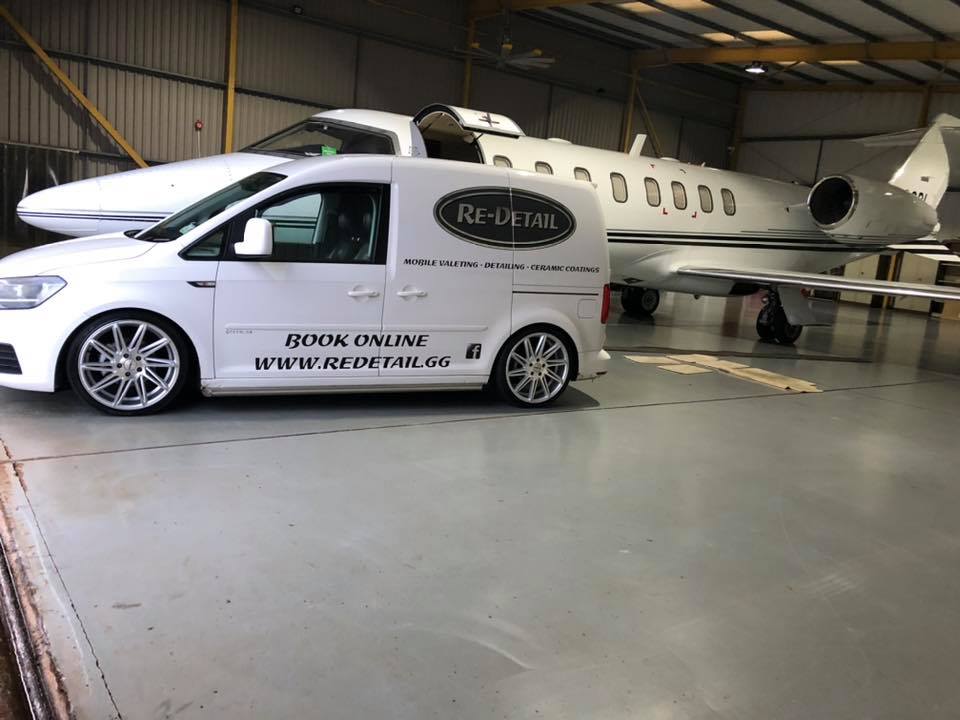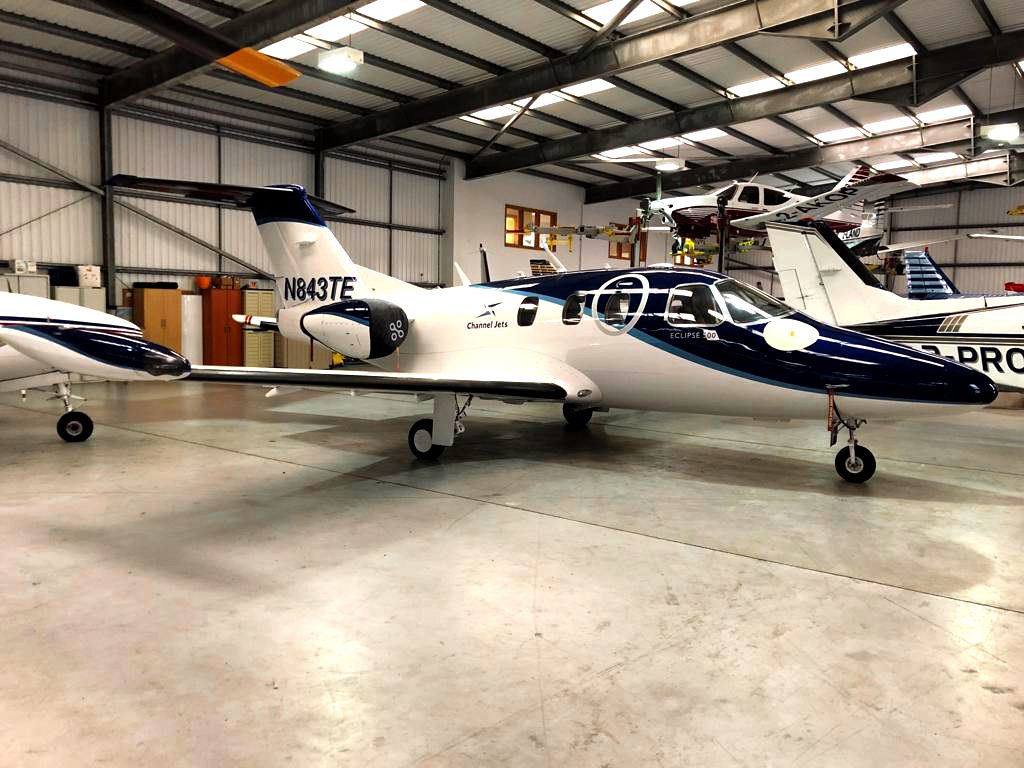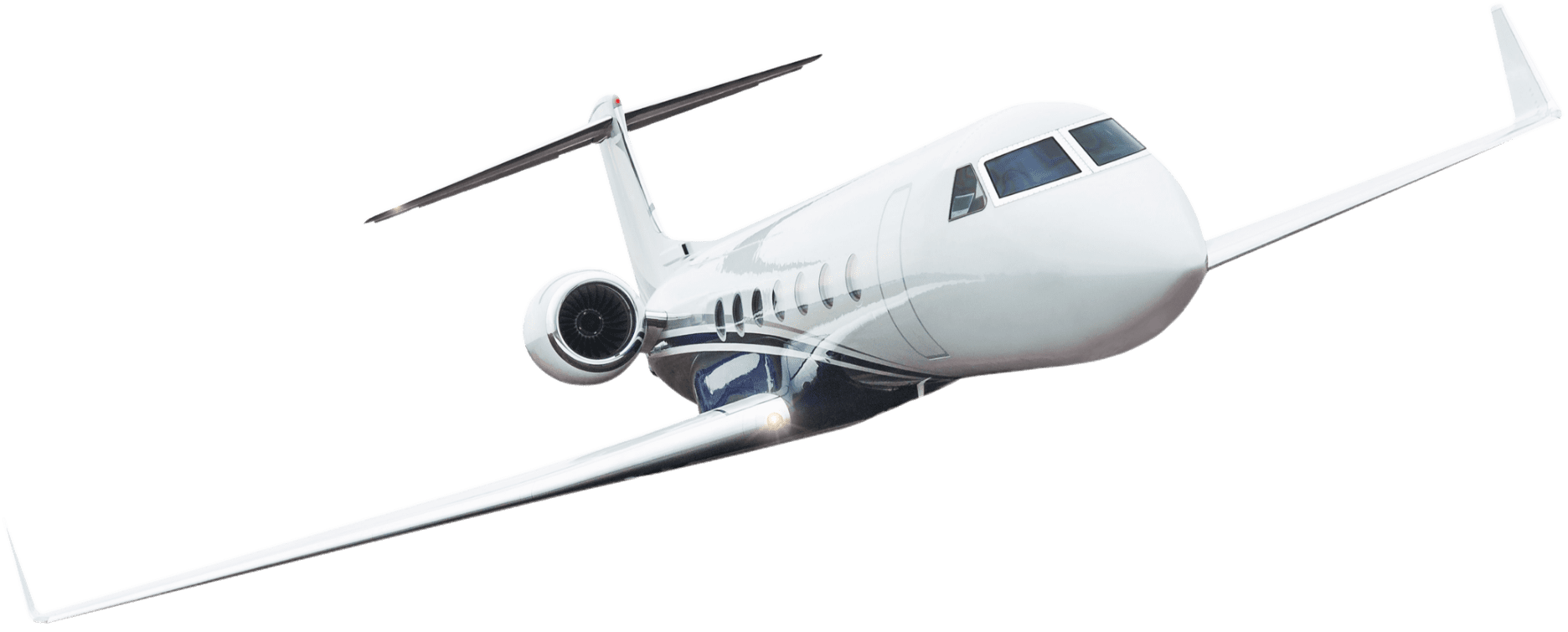
We can make your Aircraft sparkle
RE-DETAIL offer’s the only aviation paint correction & ceramic coating service in Guernsey. You will be stunned at the difference paint correction can make, it can be the difference between an aircraft looking tired and aged to as fresh as the day it rolled out of the factory. RE-DETAIL use the very latest state of the art machinery and the correct methodology to ensure that you receive the very best possible finish.
